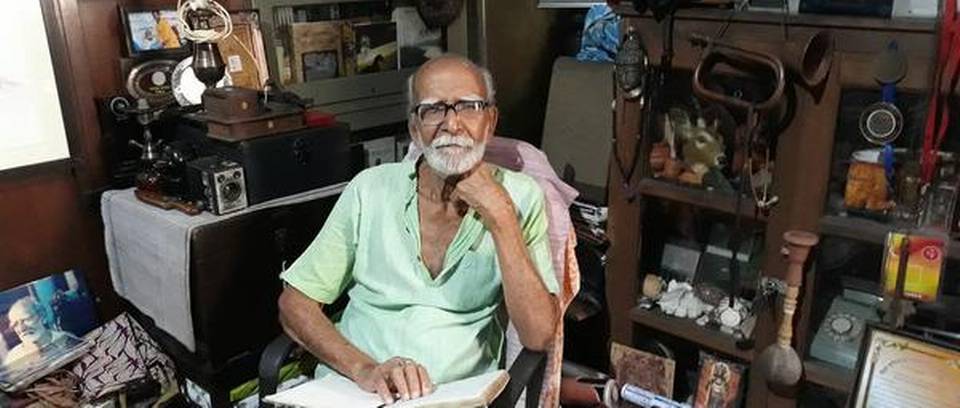
A museum for boats, for a brilliant scientist’s workspace, for poignant records of indentured labour at the Port Trust and more — whether these museums are dusty sarkariaffairs or individual works of love, they brave many odds to preserve centuries-old lived history.
As I climb up the narrow stairway of the old house in north Kolkata, I hear the hiss of a pressure cooker and the strains of Rabindrasangeet, the deep baritone of Debabrata Biswas. There are clothes drying on the landing, the clutter of middle-class domesticity. In a room off the landing sits Nakubabu, a lean white-haired man in a lungi, almost hidden by piles of old movie projectors, wooden speakers and hanging lanterns.
“You don’t need my address,” Sushil Kumar Chattopadhyay aka Nakubabu had said over the phone. “Just ask anyone on my street.”
He is famous here as the man with the one-room museum. Every morning, he gets up at 4.30 am, has his cup of tea, which he shares with two tuntuni birds, does his yoga, washes his clothes, then dusts his “museum”.
Nakubabu is 93. He has been collecting his entire life. As a boy roaming the jungles of tribal provinces at night, he collected leaves and stones. Somehow that passion for collection became a private museum of sorts. He has paperweights from the days of indigo sahibs, old microscopes that doctors carried with them, wooden ship binoculars, a World War I sundial clock and so on.
“I don’t collect them. They call to me,” he says. “Look at this lamp. Someone just came and gave it yesterday.” He has no catalogue, only a memory map of what is kept where. He’s never held a real job, making amplifiers, acting in jatra theatre, roaming the country on his motorbike from 1948 till 2000.
This is a museum like no other, where facts take second place to stories. I grew up thinking of museums as homework, antiseptic fluorescent-lit rooms, neat captions about dead dynasties and 10th-century sandstone, a box for everything and everything in a box.
But Kolkata is filled with little museums few know about, some as intimate as Nakubabu’s, others run perfunctorily by dusty government agencies, or as labours of love.
There is a Boat Museum with 46 wooden replicas of boats whose names we have forgotten — feal chhara, patia, bhidi. At the Ethnographic Museum, someone has collected dried milk from the Bhutia community and Santhal violins. The Kolkata Port Trust museum has a steel tape once used to measure the Howrah bridge, its speciality being that its length varied negligibly with temperature change. At the forlorn Government Industrial and Commercial Museum, constantly facing shutdown, there’s a grey muslin sari so fine it could pass through a ring, and a display of Bengal’s pharmaceutical heritage — green boxes of the bitter Kalmegh herbal tonic, blue-and-white Milk of Magnesia and “rational cough cure” Kasabin. Raja Ram Mohan Roy’s ancestral mansion, once stripped bare by squatters, and now restored, has a replica of his death mask and a “suttee gallery”. There was a pond and a swing, both gone now. The 19th-century social reformer, often called the Father of the Indian Renaissance, who campaigned to abolish sati, used to swing there facing the water, practising for seasickness while dreaming of going overseas.
They all form a jigsaw puzzle of the city, its idiosyncrasies, narrating the footnotes of a lived history that textbooks forget.
***
Once, Kolkata was a British city. The police were the good guys and the freedom fighters were the ones on the run. But at the Calcutta Police Museum, in the room with the declassified Netaji files, a sign proudly proclaims “Kolkata Police Salutes Netaji” right above files neatly numbered 1-54 of the police spying on Subhas Chandra Bose. In the gallery below, there is a book bomb sent to a magistrate, as well as bullets extracted from the body of Inspector NN Ghosh, and a revolver with which Bina Das tried to shoot the governor of Bengal.
The Indian Museum and Victoria Memorial are grand but these are different kinds of museums, often homes where people lived, people like the philosopher-reformer Ishwar Chandra Vidyasagar, Subhas Bose and, of course, Rabindranath Tagore. They still bear the ghostly stamp of their personalities. “Look at those two chairs,” says Ankita Ghosh as she shows me around the bedroom in Acharya Bhaban, the grand red mansion that belonged to scientist Jagadish Chandra Bose. That’s where Bose would chat with Tagore. “I think the chair with the greater indentation is Bose’s,” she smiles. “He was the heavier man.” In the bedroom, there’s Lady Abala Bose’s purse and gloves, as if the Boses had just stepped out and their food was chilling in the state-of-the-art wooden refrigerator. The laboratory has the scientist’s instruments with names like crescograph, oscillating plate phytograph, stymphograph. The vine Bose brought back from California still bears purple flowers.
But museums cannot live on love and memory alone. Acharya Bhaban only opens twice a week, for two hours. “Manpower and security problems,” laments Parul Chakrabarti, a retired scientist who has made this her passion. “Even Tagore’s Nobel prize got stolen. And they have so much staff.” Acharya Bhaban was a decrepit mess filled with cobwebs when they began restoration work with the help of INTACH. It took three months just to get rid of termites. Now Nandalal Bose’s Mahabharata murals can be seen once again on the ceiling. There’s a wooden elephant stand with ivory teeth gifted by the Maharaja of Kashmir, the giant Bharat Mata painting by Abanindranath Tagore inspired by Sister Nivedita.
But Chakrabarti frets about the future. The museum has been promised ₹5 crore by the government of India if it can raise ₹1 crore on its own. “Corporate houses were interested but now their big priority is Swachh Bharat,” she says. They have just painstakingly fumigated and restored books gifted by the likes of George Bernard Shaw and Romain Rolland. “Restoring each page costs ₹1,000,” she says. They want to restore his brittle doctoral gown but it’s too expensive. GM Kapur of INTACH says, “You need resourceful movers and shakers on a trustee board to reach out to the corporate world. Shouldn’t Vodafone or Jio be supporting Jagadish Bose?”
Across town, the Gurusaday Museum, with one of the richest collections of folk art is facing a similar existential crisis. Old kanthas with pictures of sahibs and phaetons, and scroll paintings of Manasamangal are facing an uncertain future as funds have dried up.
Sometimes this feels very Kolkata-ish, wistfully clinging to a threadbare glory of bygone days. Yet this is not simply nostalgia for a fraying bhadralok past. There’s a more variegated story at stake beyond the Boses and Tagores.
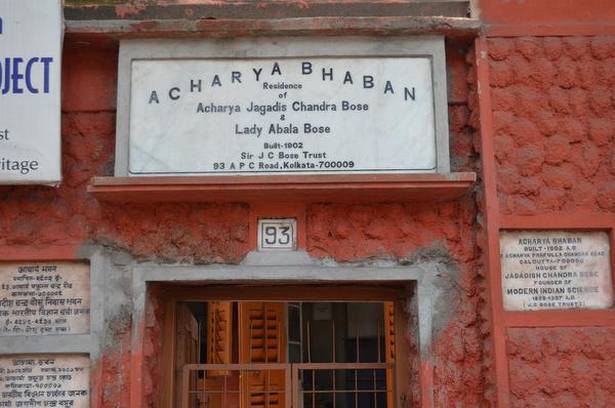
***
At the Port Trust museum, there are discoloured deeds for indentured labourers who passed through these ports. Each man was worth ₹6, each woman ₹8, zero for those under 10, “Punjabis are altogether refused”. They were given 14 chittacks rice daily, two chittacks dal, half chittack of ghee and salt. Once a year they got one blanket, two dhoties, one lascar cap and a lotah shared by four people.
These stories form the true marrow of the city, not its mythology. Popular myth has it that Job Charnock founded this city on August 24, 1690. Devarshi Roy Choudhury, scion of 35 generations of the Sabarna Roy Choudhurys, has been fighting to upturn this history for years. This is a much older settlement, he argues, and he has old documents to prove it.
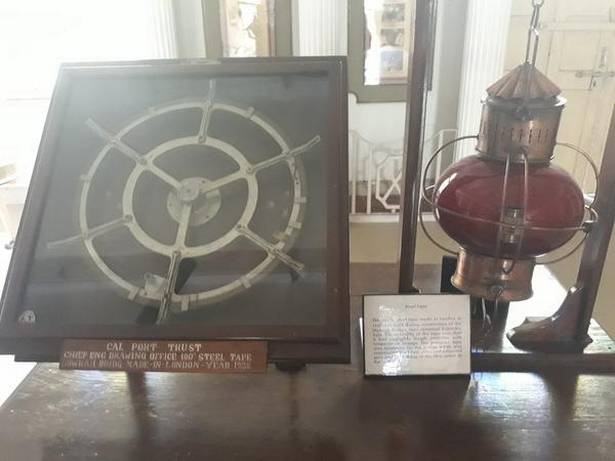
He went to court to challenge August 24 being celebrated as Kolkata’s birthday and won. Since then he has been collecting everything he can find from attics and locked trunks of the many settlements the family called home. Some are precious — a diamond ring given by Jehangir in 1608. Some are priceless — the ashes of Sarada Maa, the spouse of Sri Ramakrishna. Some are curios — tweezers to pluck white hairs, a pot from 1840 that could store 240 kg of rice, a grinding wheel from 1812. “We want to show that we don’t have to look to the government for everything. We are privately organised, privately financed. But, of course, you have to sacrifice something. You need tenacity.” There are 22,000 members in the sprawling family tree but precious few to help run the Sabarna Sangrahashala, he admits. “But young students come. I tell them to create a drawer at home with their grandfather’s glasses, their family tree. It’s a beginning.”
***
At a time when so much competes for our attention, INTACH’s Kapur says it’s not enough to have a collection and expect support. “A museum must constantly reinvent itself, attract people with different activities. You have to think about how to get the museum out to the people.”
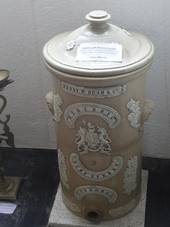
The Smaranika Tram Museum offers an air-conditioned bogey for coffee amidst old diodes, rusty ammeters, and models of horse-drawn trams. But its real attraction is the little café with cosy tables for two, admits Jalaluddin Sheikh, who presides over it all. The museum is empty when I walk in. The café is full, the romance of the tram very much alive for a ₹10 ticket. Sheikh came to the city as a wide-eyed boy from Burdwan in 1988, riding tram No. 25 from Howrah. The ticket cost 35 paisa. He still lives at a mess in the Tollygunge tram depot and rides a tram to work every day. And he supervises over both the museum and the lives of its regulars. As a young couple have a tiff, the girl complains angrily to Sheikh. The boy fiddles with his phone.
As they leave, Sheikh smiles indulgently. “It’s a deep relationship. There’s been a misunderstanding. But it won’t break. I am there toh.” And as simply as that, a museum meant to save a city’s past watches over its future. In the end, it’s always about the passion.
“Aakoolota,” says Nakubabu, an almost untranslatable word akin to desperate ardour. “If you are aakool, you can do anything, I actually have nothing. These things came to me. They were uncared for. I care for them. Those who originally bought them must have loved them. That love remains. As I clean them, I feel it. Perhaps, one day, someone will love them more. Then they will leave me.”
Has that ever happened, I ask.
Nakubabu leans back on his easy chair. “No,” he says softly. “They have not left yet.”
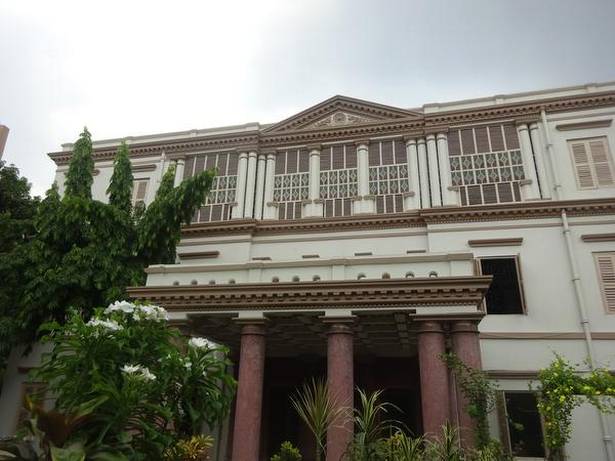
Sandip Roy is the author of Don’t Let Him Know
source: http://www.thehindubusinessline.com / Business Line / Home> Specials / by Sandip Roy / June 29th, 2018
I think people like the philosopher-reformer Ishwar Chandra Vidyasagar, Subhas Bose and, of course, Rabindranath Tagore
Would like to get Mr Sushil Chattopadhyay phone number for a virtual meet